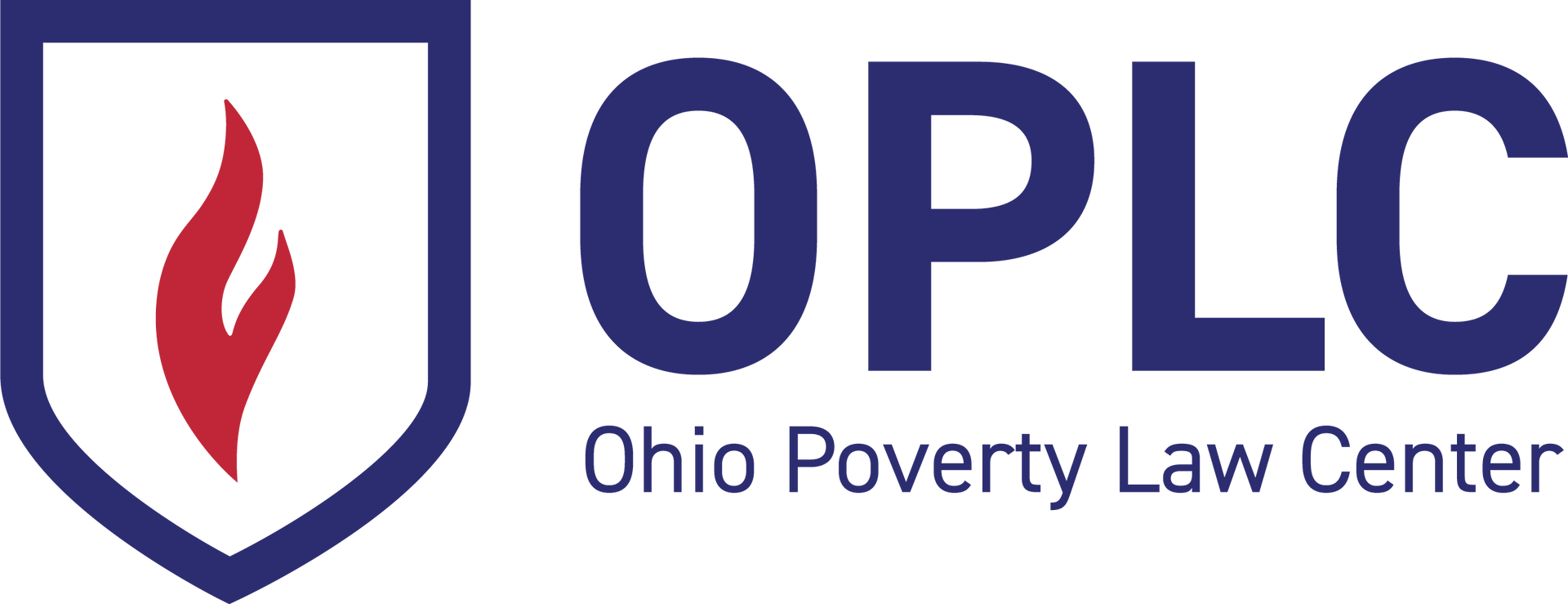APRIL 2021 NEWSLETTER
KEY PROVISIONS OF THE AMERICAN RESCUE PLAN
On March 11, President Joe Biden signed the American Rescue Plan Act of 2021 (ARPA), which provides $1.9 trillion in relief spending in response to the COVID-19 Pandemic. Among its significant provisions, the ARPA will help raise children out of poverty, help Ohioans keep their homes, and provide assistance to state and local governments.
Child Tax Credit The American Rescue Plan’s expansion of the Child Tax Credit will substantially reduce child poverty by supplementing the earnings of families receiving the tax credit. The expansion of the credit will benefit 92 percent of Ohio’s children and bring 278,000 children above or near the federal poverty level. Specifically, improvements to the Child Tax Credit include:
- The credit amount has been increased from $2,000 to $3,600 for children under age six, and $3,000 for other children under age 18.
- The credit’s scope has been expanded to include children 17-years-old and younger, as opposed to 16-years-old and younger.
- Credit amounts will be made through advance payments from July 1 to Dec. 31, 2021.
This change will allow struggling families to receive financial assistance now, rather than waiting until the 2022 tax filing season to receive the Child Tax Credit benefit.
Rental Assistance and Housing The ARPA contains several provisions that will aid low-income renters and homeowners in Ohio including investments in rental assistance, housing vouchers, homelessness assistance, housing counseling and fair housing, and utility assistance. Ohio is expected to receive more than $600 million in rental assistance. Previous relief dollars, totaling more than $800 million, have already been allocated for rental assistance. Most of these dollars are being allocated by the Development Services Agency to Community Action Agencies throughout the state.
State and Local Aid The APRA provides $350 billion to help states, counties, cities and tribal governments cover increased expenditures, replenish lost revenue and mitigate economic harm from the COVID-19 pandemic. The total assistance provided to State & Local Governments in Ohio is $11 billion.
- The state of Ohio will receive $5.68 billion
- Ohio Metro Cities will receive $2.24 billion
- Ohio Cities & Villages will receive $810 million
- Ohio Counties will receive $2.27 billion.
State and local government recipients could use the funds to cover costs incurred through Dec. 31, 2024. The funds would be distributed in two rounds, with 50 percent delivered no later than 60 days from the date of enactment, and the remainder delivered no earlier than one year later.
BIPARTISAN LEGISLATION TO EXPAND CHILDCARE ELIGIBILITY
Ohio currently ranks 49th in income eligibility for childcare. Investments in childcare are critical to help low-income families find and keep employment. Governor Mike DeWine’s proposed budget expands initial eligibility for childcare assistance from 130 percent of the federal poverty level to 138 percent, and up to 150 percent for children with disabilities.
House Bill 145, sponsored by Representatives Mary Lightbody and Andrea White, expands access to publicly funded childcare even further. HB145 would set the starting income eligibility level to 200 percent of the federal poverty—allowing a family of four to earn up to $53,000. This increase would allow an estimated 300,000 more families to access childcare.
